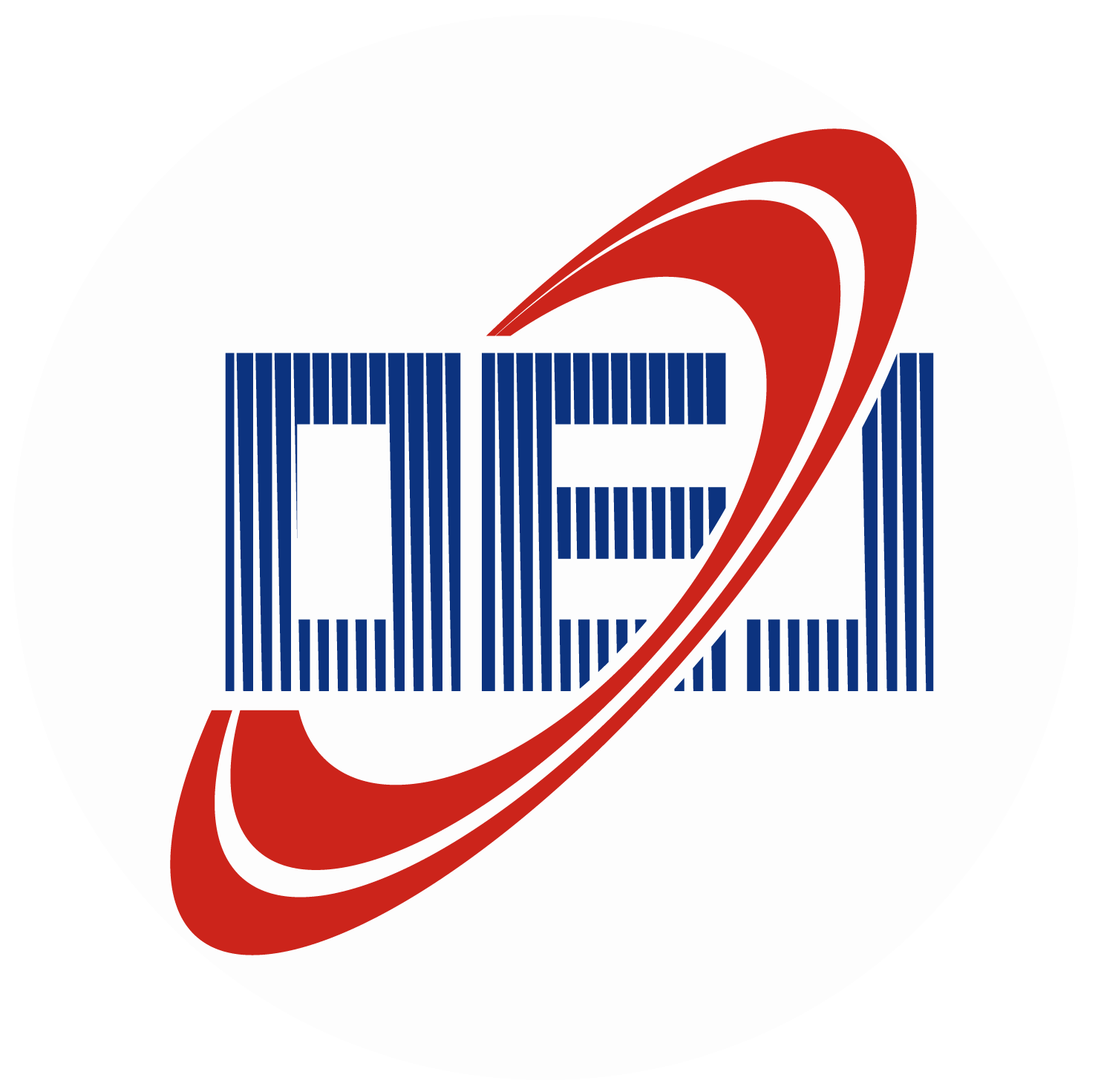-
Abstract
Balancing high display performance with energy efficiency is crucial for global sustainability. Lowering operating frequencies—such as enabling 1 Hz operation in fringe-field switching (FFS) liquid crystal displays—reduces power consumption but is hindered by image flicker. While negative dielectric anisotropy liquid crystals (nLCs) mitigate flicker, their high driving voltages and production costs limit adoption. Positive dielectric anisotropy liquid crystals (pLCs) offer lower operating voltages, faster response times, and broader applicability, making them a more viable alternative. This study introduces a novel approach to minimizing flexoelectric effects in pLCs by investigating how single components influence flexoelectric behavior in mixtures through an effective experimental methodology. Two innovative measurement techniques—(1) flexoelectric coefficient difference analysis and (2) displacement-current measurement (DCM)—are presented, marking the first application of DCM for verifying flexoelectric effects. The proposed system eliminates uncertainties associated with previous methods, providing a reliable framework for selecting liquid crystal components with minimal flexoelectric effects while preserving key electro-optic properties. Given pLCs' higher reliability, lower production costs, and broader material selection, these advancements hold significant potential for low-power displays. We believe this work enhances flexoelectric analysis in nematic liquid crystals and contributes to sustainable innovation in the display industry, aligning with global energy-saving goals. -



 E-mail Alert
E-mail Alert RSS
RSS


